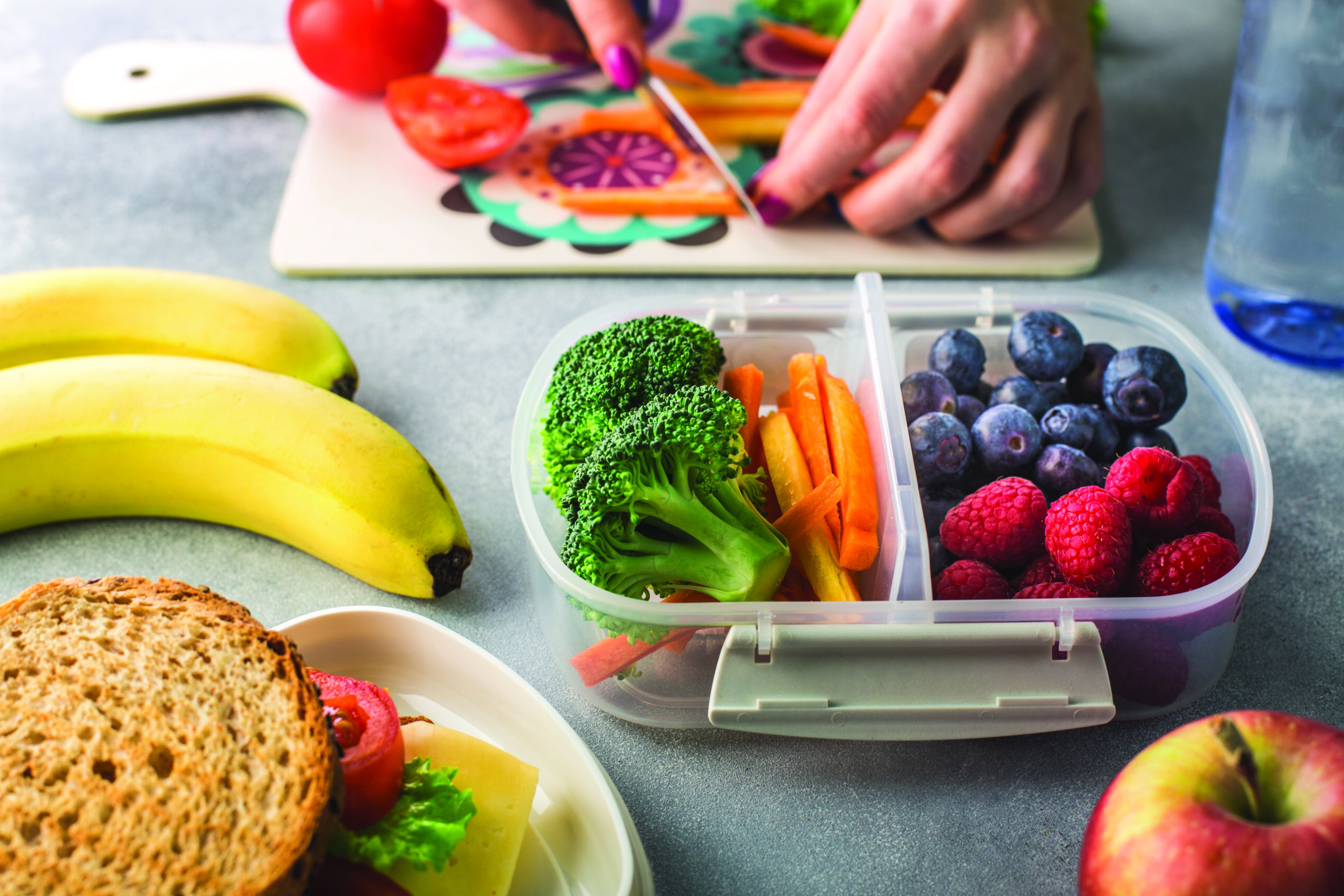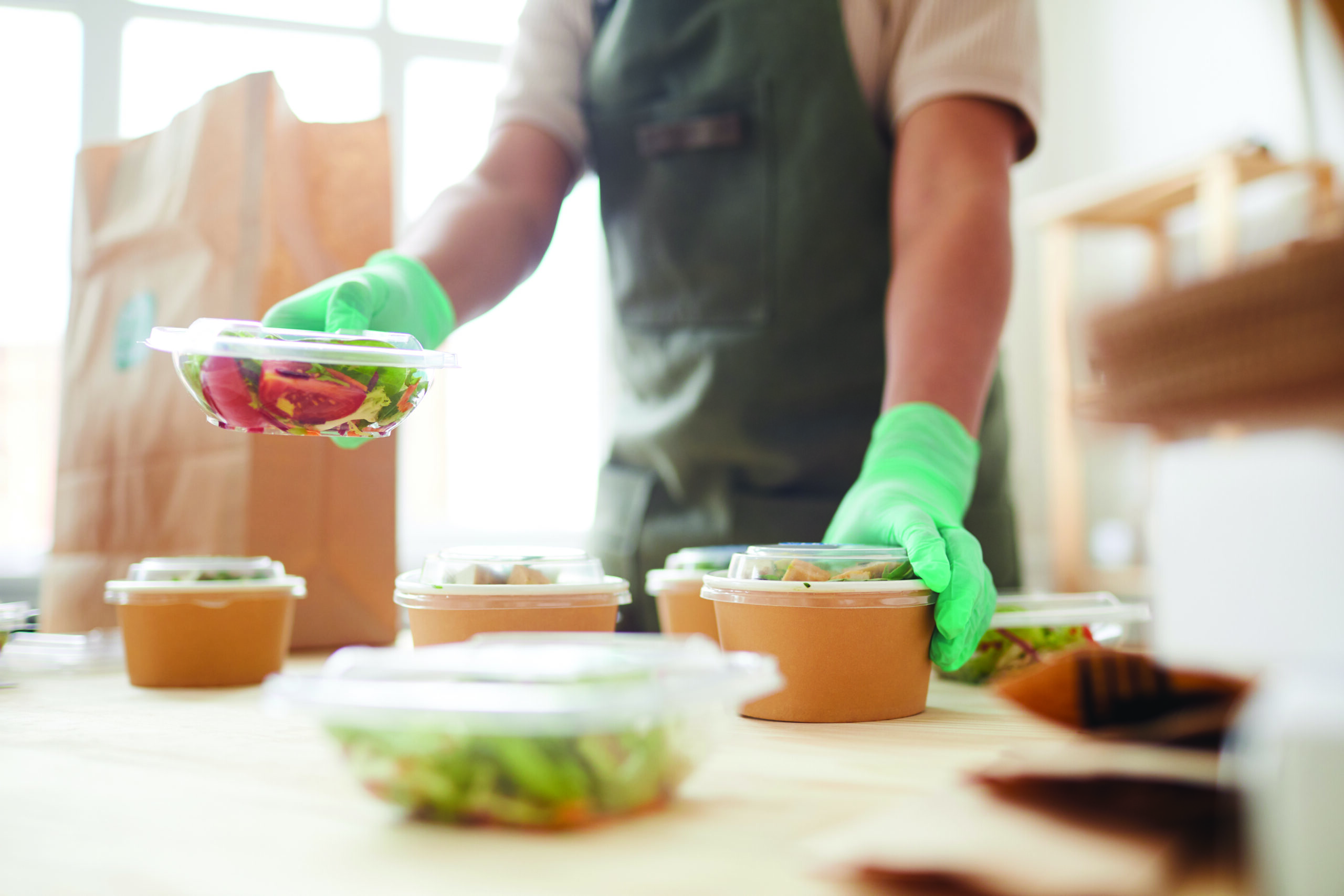by Caitlin O’Donnell
According to the CDC, fewer than one in 10 teens and adults in the U.S. eat enough fruits and vegetables. Similarly, nine in 10 Americans consume too much sodium. Unfortunately, not consuming enough nutrients and consuming too much salt and sugar can lead to obesity, diabetes, high blood pressure, heart disease and many more chronic illnesses. Adopting healthier eating habits can be challenging and overwhelming. However, approaching it by changing a few small habits at a time can make it more manageable and sustainable.
Hide More Vegetables
Sneaking vegetables into food is a common way to improve children’s diets, but this hack is helpful for any age group. Add some avocado or other vegetables to smoothies. Try veggie noodles or add vegetables to pasta sauces. Opt for a cauliflower pizza crust.
Eat More Protein
Protein takes longer to digest and, therefore, means a person will be fuller for longer. Feeling full for longer means a person will consume fewer calories overall.
Pay Attention to Portion Sizes
Studies show that people eat more if the food is on a larger plate or container. Consider a smaller plate or researching how much of a particular food is a serving. Note that a serving size on packaging is not a recommendation on how much to eat; it is the average amount a person eats in one sitting.
Avoid Media About Food
Seeing magazines, blogs or TV shows depicting delicious food can cause cravings, which encourages people to eat when they aren’t hungry.
Create a Meal Plan
Having to decide what to eat after a long day makes people want to order takeout or grab the easiest food in their kitchen to microwave. If the fridge or freezer is stocked with ready-to-eat, nutritious options, the person is more likely to choose those healthier options.
Meal planning also helps people to look at their diet for the whole day instead of one meal at a time. Having this larger picture view allows them to see how many servings of each food group they are consuming and what their body needs more of.
Make Healthy Snacks as Accessible as Junk
Buy smaller or pre-cut veggies and fruits or cut them up when they are bought. Many people choose less healthy options because they are easier and quicker. For example, it takes extra motivation to cut up a pineapple when a person could grab a bag of chips and be eating in two seconds. When healthy snacks are ready to eat, there are no excuses for choosing less healthy options.
Look for New Foods to Try
Farmers markets or international markets may have different options than regular grocery stores. More variety and the opportunity to learn different ways to cook the new food can make healthy eating more fun.
Eat Mindfully
Keep a food journal to see what triggers overeating or unhealthy choices. If possible, include nutritional information and the reason for eating. Many unhealthy choices people make are simply uninformed or subconscious.
Moderation Is Key
Eliminating favorite foods decreases the likelihood that new habits will be sustainable. Focus on adding healthy foods or replacing 1-2 habits with healthier ones each week. For example, try viewing sugary drinks as a dessert or treat instead of a necessity to be consumed multiple times per day. Many spices boast health benefits and make an excellent alternative to salt or sugar. Instead of eating out of boredom or stress
Improving eating habits can feel daunting, but better health can improve many aspects of life. It is critical for a person to give themself grace and start small with realistic goals as they are working on changing their habits. Enjoy unhealthy foods in moderation. Aim to eat more and more nutrient-dense foods and try new foods instead of focusing on foods that are being cut back on.








Leave A Comment